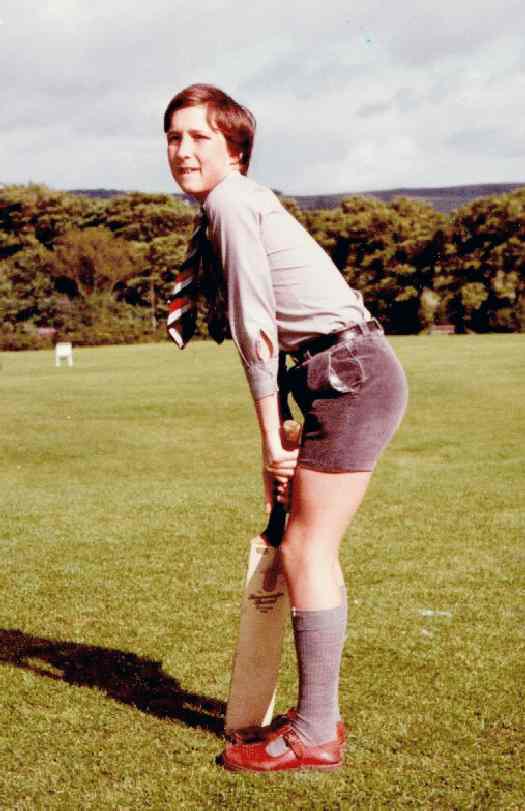
Figure 1.--British boys by the 1970s and 80s were increasingly wearing kneesocks without the turn-over-top cuffs. This was especially true in state primary schools, but was also the case in private schools with stricter iniform requirements.


Figure 1.--British boys by the 1970s and 80s were increasingly wearing kneesocks without the turn-over-top cuffs. This was especially true in state primary schools, but was also the case in private schools with stricter iniform requirements. |
Not only did elasticzation after World War II (1939-45) affect the kneesock cuffs, but general clothing trends also affected kneesocks. After World War II it became less common for boys to wear knee socks with turn-over tops or cuffs. Here the pattern varied from country to country. Wearing kneesocks declined sharply during World War II. This was in part because knickers rapidly declined in popularity. Most boys wearing short pants wore them with ankle socks. We rarely note American boys wearing cuffed kneesocks after World war II, except for Scouting. Before World War II, British boys generally wore short pants suits to school with turn-over-top kneesocks. This became much less common after the War. Not only did boys begin wearing suits less, but in the 1950s the short pants suit began to decline in popularity and by the late 70s was not generally available even for younger boys. Boys still wore short trousers in England but increasingly either for play or school. Wearing elasticized kneesocks without cuffs or turn-over-tops was common by the 1960s. General trends in Scotland were similar to England. We noted that turn-over top socks are almost always worn with the kilt.
Wearing kneesocks declined sharply during World War II. This was in part because knickers rapidly declined in popularity. Most boys wearing short pants wore them with ankle socks. We rarely note American boys wearing cuffed kneesocks after World war II, except for Scouting.
Before World War II, British boys generally wore short pants suits to school with turn-over-top kneesocks. This became much less common after the War. Not only did boys begin wearing suits less, but in the 1950s the short pants suit began to decline in popularity and by the late 70s was not generally available even for younger boys. Boys still wore short trousers in England but increasingly either for play or school. Wearing elasticized kneesocks without cuffs or turn-over-tops was common by the 1960s. This was in part because the socks without cuffs required less material and thus could be sold more cheaply. These uncuffed kneesocks were almost universally worn by boys at state schools, few of which actually had designated school socks. Even prep schools which usually did have designated school socks with colored bands, often did not insist that boys wear the turn-over-top socks with the school colors. At many schools boys could be seen with both types of socks. Many British Cubs also wore the plin grey kneesocks without turn-over tops, but British Scouts for the most part continued wearing the more tradition turn-over top socks.
General trends in Scotland were similar to England. We noted that turn-over top socks are almost always worn with the kilt.
Navigate the Boys' Historical Clothing Web Site:
[Return to the Main kneesock cuff page]
[Introduction]
[Activities]
[Biographies]
[Chronology]
[Clothing styles]
[Countries]
[Topics]
[Bibliographies]
[Contributions]
[FAQs]
[Glossaries]
[Satellite sites]
[Tools]
[Boys' Clothing Home]
